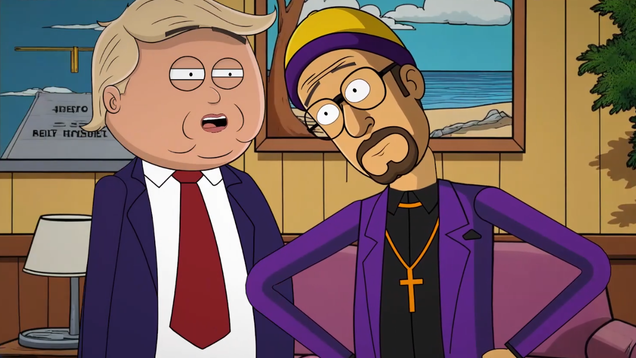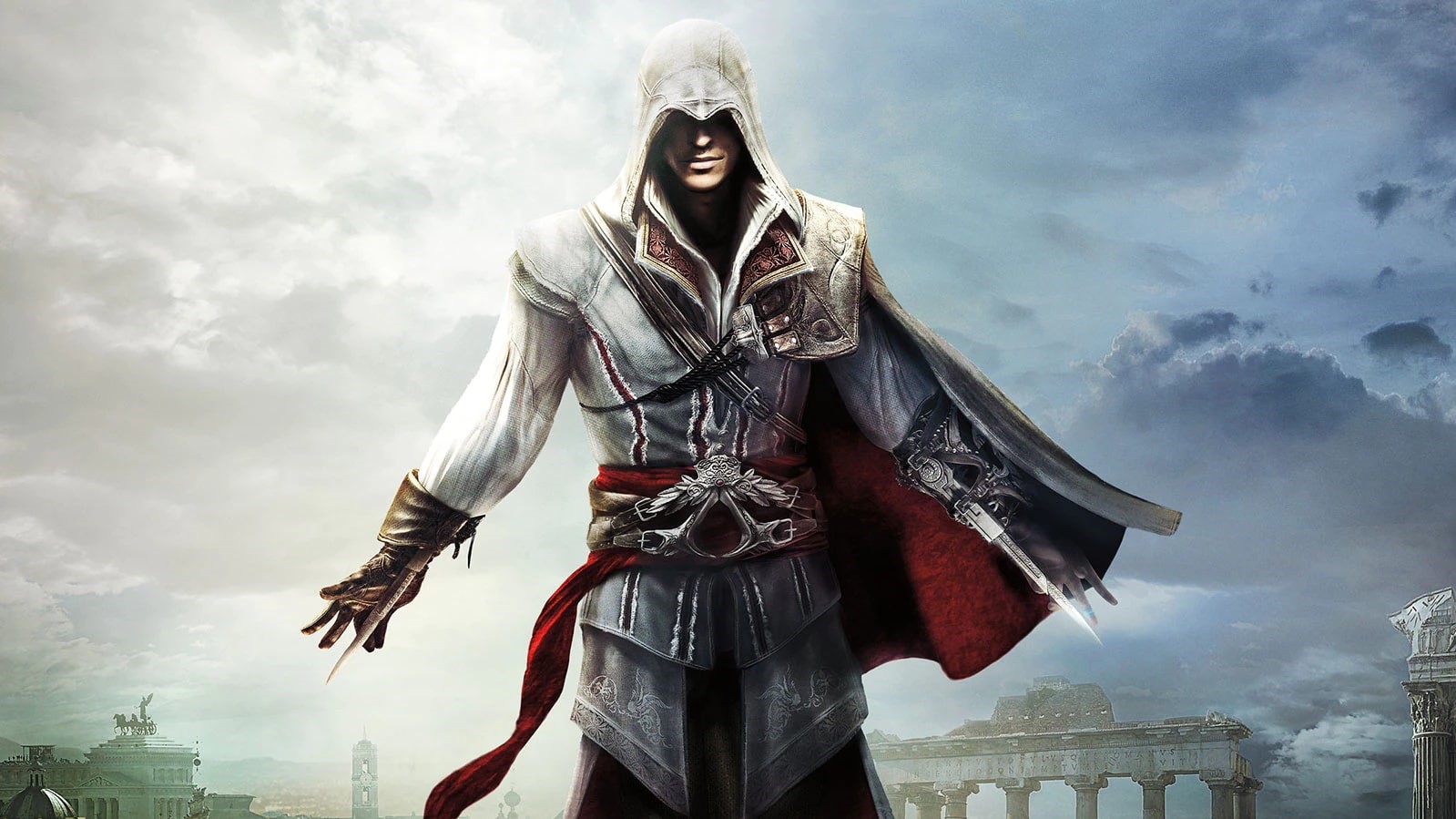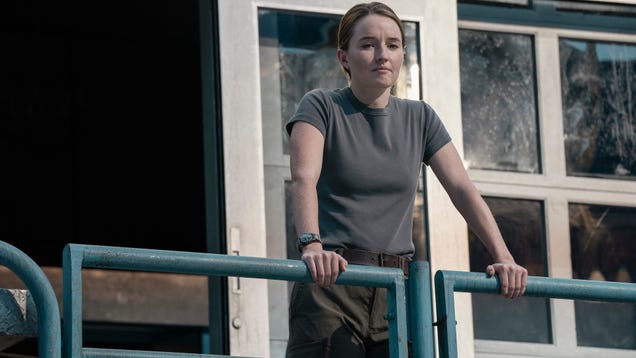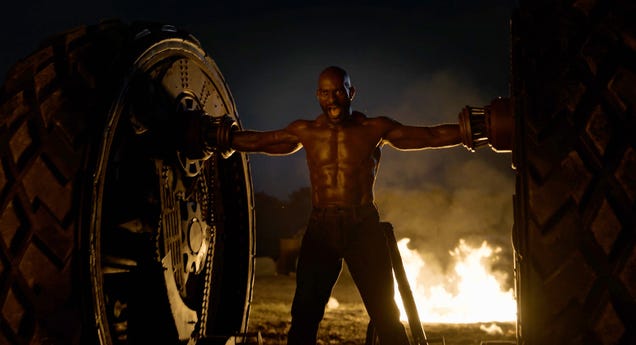هل سمعتم عن "Netflix للذكاء الاصطناعي"؟ يبدو أن هناك منصة جديدة ستتيح لنا إنتاج محتوى مُنتَج من قبل المستخدمين، لكن ليس أي محتوى، بل "فوضى متحركة" يصعب تصنيفها على أي مقياس! هل تصدقون أن الرئيس التنفيذي اعترف بأن "ربما لا أحد يريد هذا"؟ يبدو أننا وصلنا إلى مرحلة من الجنون حيث ندفع أموالًا لننتج محتوى قد يدمر أعيننا وعقولنا في آنٍ واحد.
أهلاً بكم في عالم "Showrunner"، حيث يمكن لكل منا أن يصبح صانع محتوى، حتى لو كان الناتج عبارة عن خربشات
أهلاً بكم في عالم "Showrunner"، حيث يمكن لكل منا أن يصبح صانع محتوى، حتى لو كان الناتج عبارة عن خربشات
هل سمعتم عن "Netflix للذكاء الاصطناعي"؟ يبدو أن هناك منصة جديدة ستتيح لنا إنتاج محتوى مُنتَج من قبل المستخدمين، لكن ليس أي محتوى، بل "فوضى متحركة" يصعب تصنيفها على أي مقياس! هل تصدقون أن الرئيس التنفيذي اعترف بأن "ربما لا أحد يريد هذا"؟ يبدو أننا وصلنا إلى مرحلة من الجنون حيث ندفع أموالًا لننتج محتوى قد يدمر أعيننا وعقولنا في آنٍ واحد.
أهلاً بكم في عالم "Showrunner"، حيث يمكن لكل منا أن يصبح صانع محتوى، حتى لو كان الناتج عبارة عن خربشات
1 Comments
·0 Shares












